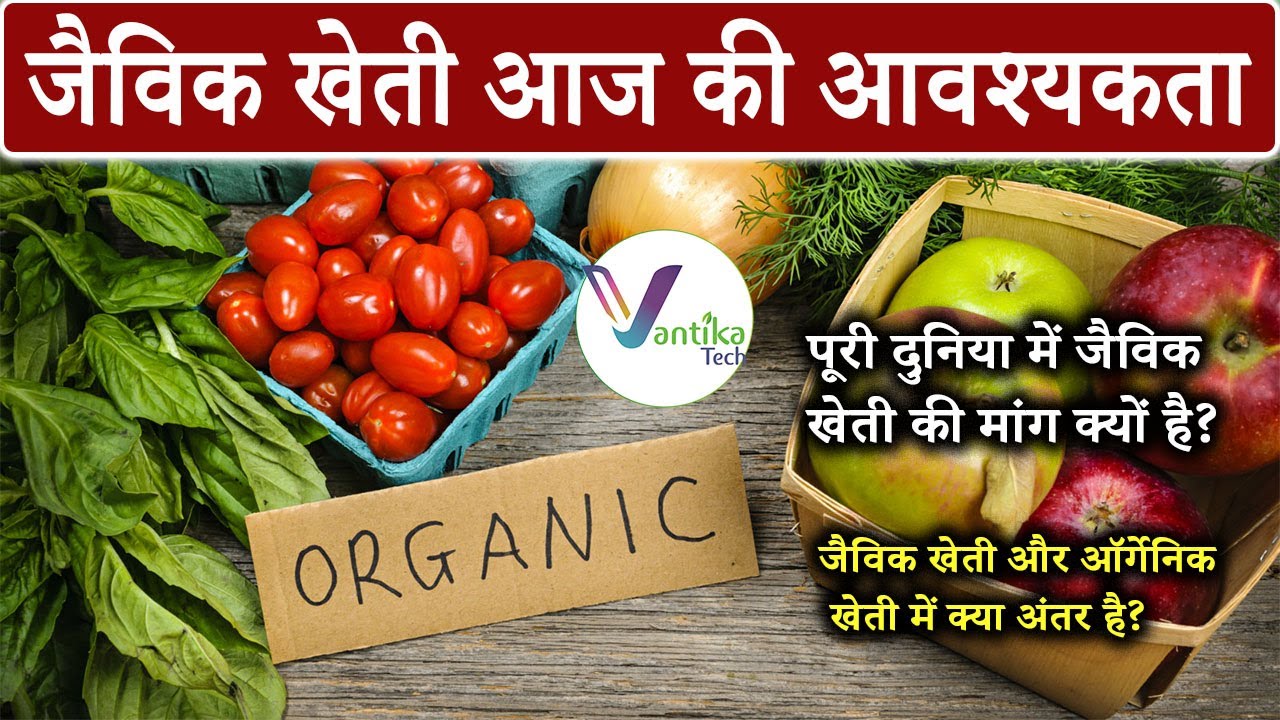Understanding Composting:
a. Composting Basics: Composting is the decomposition of organic materials, such as kitchen scraps, yard waste, and agricultural residues, into humus-like compost through the action of microorganisms, worms, and other organisms.
b. Benefits of Composting: Composting offers numerous benefits, including nutrient recycling, soil enrichment, waste reduction, carbon sequestration, and reduction of chemical fertilizer dependency.
Best Practices for Composting:
a. Proper Compost Bin Selection: Choose a compost bin or container that suits your needs and available space. Options include compost bins, compost tumblers, or homemade compost piles.
b. Balance Green and Brown Materials: Maintain a balanced ratio of green (nitrogen-rich) and brown (carbon-rich) materials in your compost pile. Green materials include vegetable scraps, grass clippings, and coffee grounds, while brown materials include dry leaves, straw, and wood chips.
c. Chop and Shred: Chop or shred larger organic materials into smaller pieces to accelerate decomposition and create a more uniform compost mixture.
d. Layering: Alternate layers of green and brown materials to create a well-balanced compost pile. Aim for approximately equal amounts of each material.
e. Moisture Management: Keep the compost pile moist but not overly wet. Optimal moisture levels range from 40% to 60%. Regularly monitor moisture and adjust by adding water or dry materials as needed.
f. Turning and Aerating: Turn the compost pile regularly to aerate it and promote oxygen flow. This helps speed up decomposition and prevents odors. Use a pitchfork or compost aerator to turn the pile.
g. Temperature Monitoring: Monitor the temperature of the compost pile. Ideal temperatures range between 120°F and 160°F (49°C to 71°C), indicating active decomposition. Turn the pile if temperatures become too high or too low.
h. Managing Odors: Properly balanced and aerated compost piles should not produce foul odors. Avoid adding meat, dairy, or oily materials that can cause unpleasant smells. If odors occur, adjust the compost mixture and ensure proper aeration.
i. Compost Maturity and Curing: Allow the compost to mature and cure for several weeks or months before use. This ensures the breakdown of organic matter and the development of stable, nutrient-rich compost.
j. Using Finished Compost: Apply finished compost to gardens, flower beds, and potted plants as a soil amendment or top dressing. It improves soil structure, adds nutrients, and enhances microbial activity.
Additional Tips for Successful Composting:
a. Compost Troubleshooting: Understand common composting challenges, such as pests, slow decomposition, or foul odors, and learn effective solutions to address them.
b. Composting Safety: Follow safety guidelines when handling compost materials, such as wearing gloves, washing hands, and avoiding composting materials treated with chemicals or pesticides.
c. Composting for Different Scales: Adapt composting techniques to suit your needs, whether you're composting at home, on a farm, or in a community setting. Consider available space, equipment, and local regulations.
Conclusion:
Composting is a powerful tool for organic waste management, soil enrichment, and sustainable agriculture. By following best practices, you can optimize your composting process and produce nutrient-rich compost to enhance soil health and fertility. Embrace these techniques, make composting a part of your routine, and contribute to a greener, more sustainable future.
Thanks for visiting us.
#composting #organicwastemanagement #soilenrichment #sustainableagriculture #nutrientrecycling #zerowaste #carbonsequestration #compostbin #greenmaterials #brownmaterials #moisturemanagement #turningcompost #temperaturemonitoring #compostmaturity #compostapplication #composttroubleshooting #compostingsafety #scalesofcomposting








No comments:
Post a Comment